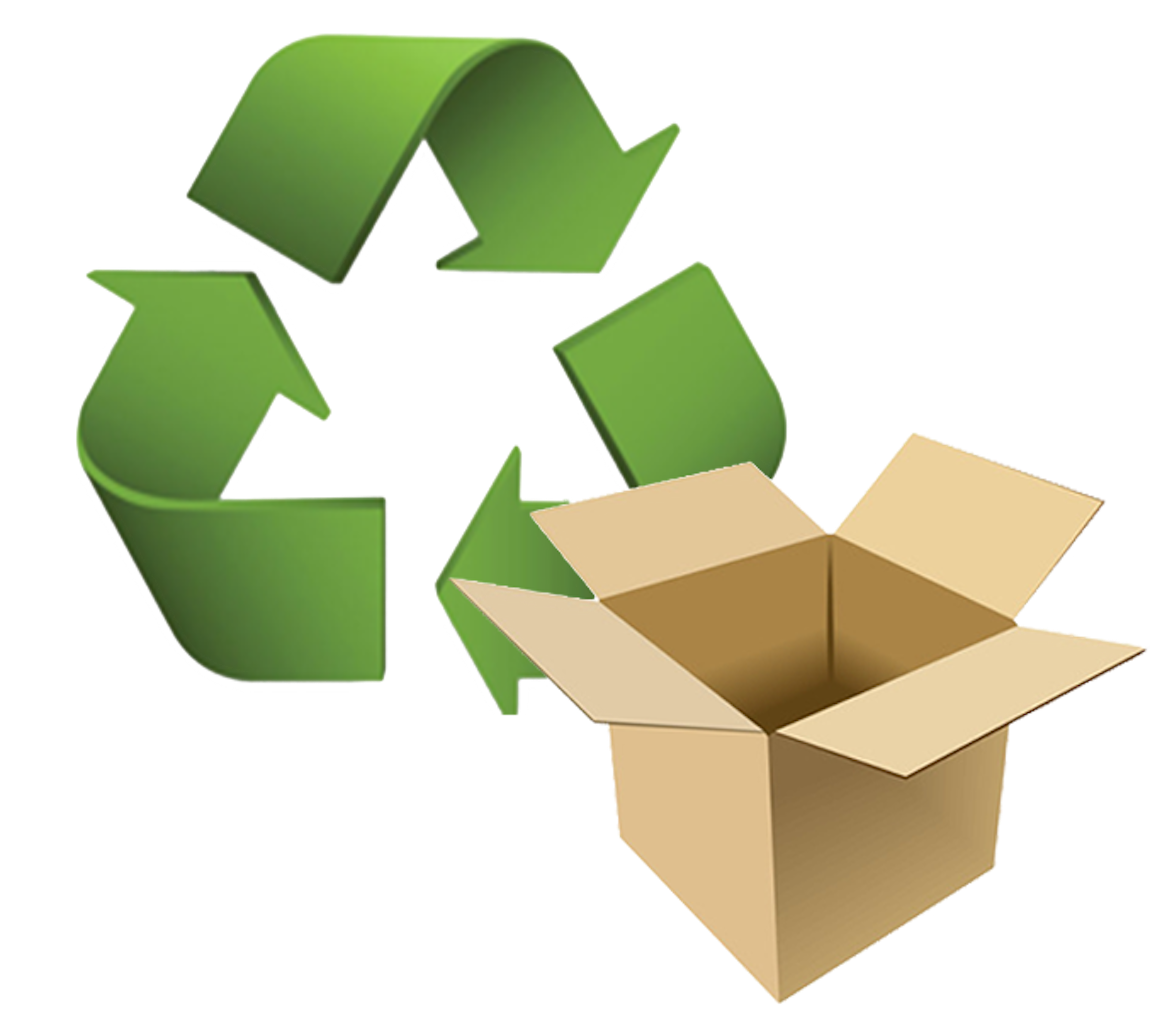Green packaging: The difference between recyclable, compostable and biodegradable
With several large corporations adopting eco-friendly solutions, wider media coverage surrounding the topic of global warming, and mind blowing stats like the worst impacts of climate change could be irreversible by 2030, there’s no surprise that customers have become more eco conscious over the years.
Because of this ongoing change in consumer behaviour, the number of manufacturers and retailers actively seeking ‘green packaging solutions’ has increased dramatically. But what does ‘green packaging’ actually mean, and why are terms such as ‘recyclable’, ‘compostable’ and ‘biodegradable’ used in reference? We explain all you need to know in this article.
Recyclable, compostable, and biodegradable packaging
Although these words are frequently used together, they refer to different processes. Below, we’ve explored the differences to help you understand ‘green packaging’ at a greater level.
1. Recyclable packaging
Recycling is the action or process of converting waste into reusable material. This keeps products away from landfill for an extended amount of time. Recyclable materials include paper, glass, metal, card, and certain plastics. But by far the most commonly recycled packaging – corrugated cardboard.
Recycling is great, however there are limits to how many times certain materials can be recycled. For example, every time paper or cardboard is recycled, the fibres become shorter and shorter. Meaning after around 5-7 times paper is recycled, the fibres become too short to adhere to each other and therefore can’t be used again. When it comes to recycling plastics, customers tend to have a difficult time working out what can and can’t be recycled, which can become frustrating, especially for people looking to make a positive impact on our environment.
Retailers and manufactures can support eco-conscious minds by clearly identifying recycling information on their packaging. This gives customer peace of mind when disposing of their packaging. On top of this, businesses can look to use both recycling and reusable packaging solutions. Take reusable mailing bags for example, this product can be used several times for the same purpose, helping materials stay in circulation for longer.


Interested in green packaging solutions?
With an extensive range of eco-friendly packaging products and over 40 years' experience, we can recommend and supply your business with a complete green packaging solution.
2. Biodegradable packaging
Made from renewable, raw materials like starch, soy protein, and cellulose, biodegradable packaging decomposes in a natural and environmentally friendly way. This biodegrading process happens through microorganisms who break the materials down under certain conditions such as temperature and humidity.
The term ‘biodegradable’ isn’t very precise in itself though. When it comes to labelling packaging products as ‘biodegradable’, the term doesn’t define the length of time needed for products to decompose. So, when purchasing biodegradable products, be sure to ask your supplier for further details.
There are also products like biodegradable plastic bags to be aware of. Yes, they may be labelled as ‘biodegradable’ that doesn’t mean they’re necessarily a good option for protecting our environment. They require specific conditions in order to break down properly and can even produce harmful greenhouse emissions and turn into smaller pieces of plastic when left in landfill to decompose naturally.
Having said this, most biodegradable products are fantastic and offer a great way to make a difference towards the health of our planet. Overall, biodegradable products are a big part of green packaging, and will continue to thrive as more innovative solutions, such as PLA packaging, hit the market.

3. Compostable packaging
Like biodegradable products, compostable packaging is made from natural materials. The difference between the two though, is compostable packaging decompose fully into ‘compost’ without producing toxic residue as they break down.
An important point to note: there are two variations of compostable packaging. Industrial Composting and Home Composting, which are identified using different packaging labels.
Products certified to be industrially compostable according to the European standard EN 12432/14955 may show the ‘seedling’ logo. These products should not be thrown into home composts, as they usually require certain conditions to compost properly.

In addition to the ‘seedling’ logo for industrial composting, the ‘home’ compostable logo is used to highlight products that can be disposed of in a regular home compost.

Green packaging from the experts, Swiftpak
At Swiftpak, we offer a range of green packaging solutions to help your business meet its environmental goals, as well as corporate responsibility. If you’d like to discuss your requirements with an expert, contact us at Swiftpak today, we’d be more than happy to share some advice.